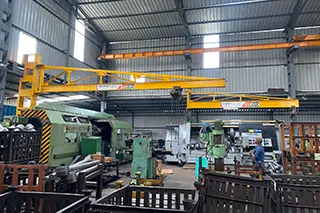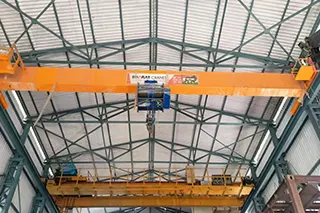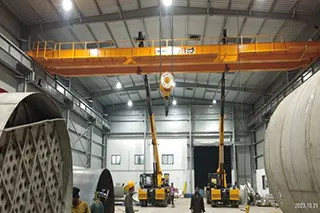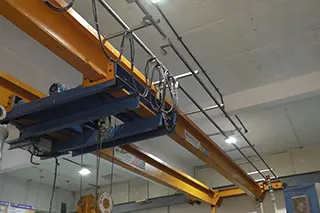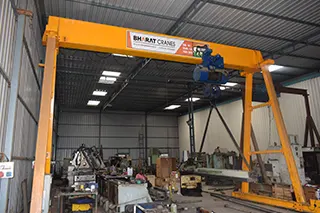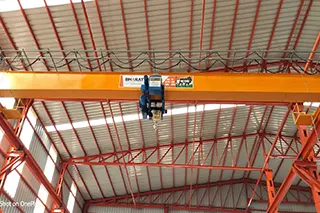Optimizing Pillar Jib Crane Performance Across Various Environmental Conditions
In the world of industrial lifting and material handling, pillar jib cranes are invaluable assets. Their versatility and efficiency make them ideal for a variety of applications. However, to ensure peak performance, it's crucial to optimize these cranes for different environmental conditions. Here’s a comprehensive guide to help you maintain and enhance the performance of pillar jib cranes across various settings.
Understanding Pillar Jib Cranes
Pillar jib cranes are fixed to a vertical column (or pillar) and provide a rotating arm that extends horizontally. This design allows for precise and flexible lifting operations within a defined radius. Their ability to pivot and reach various angles makes them ideal for confined spaces and specialized tasks.
Key Factors Affecting Performance
Temperature Extremes
Cold Environments: In low temperatures, lubrication can become thick and less effective. Regularly check and use appropriate cold-weather lubricants. Ensure that the crane's hydraulic fluids and components are rated for low temperatures.
Hot Environments: High temperatures can cause components to overheat and expand. Opt for high-temperature lubricants and ensure that cooling systems are functioning properly. Regularly inspect for signs of overheating or material degradation.
Humidity and Corrosion
High Humidity: Excessive moisture can lead to corrosion and rust. Protect the crane with appropriate coatings and consider using rust-resistant materials. Regular cleaning and inspection are essential to prevent rust build-up.
Dry Environments: Dust and particulate matter can affect crane performance. Implement dust control measures and regularly clean the crane’s components to prevent the accumulation of debris.
Wind and Weather Conditions
Wind: Although pillar jib cranes are designed to handle some wind, strong gusts can affect stability. Ensure that the crane is properly anchored and consider using wind guards or shields if operating in windy conditions.
Rain and Snow: For outdoor applications, ensure that the crane is equipped with weather-resistant covers. Regular maintenance checks are necessary to prevent water damage and to ensure the integrity of electrical components. Operational Load and Usage
Load Variations: Ensure that the crane is used within its rated load capacity. Overloading can strain components and reduce lifespan. Regularly verify load limits and inspect for any signs of wear or damage.
Frequency of Use: Frequent operation can lead to accelerated wear. Implement a maintenance schedule based on usage frequency and conduct thorough inspections to address any issues promptly.
Best Practices for Optimization
Routine Maintenance
Adhering to a rigorous maintenance schedule is crucial. Regularly inspect moving parts, check for lubrication levels, and tighten any loose components. Address any signs of wear or damage immediately to prevent more significant issues.
Environmental Adaptations
Implement modifications to the crane’s setup to suit specific environmental conditions. For instance, adding insulation or ventilation systems can help manage temperature extremes, while weatherproof enclosures can protect against moisture and dust.
Operator Training
Ensure that operators are well-trained in handling the crane under various environmental conditions. Proper training helps in understanding the impact of environmental factors on crane performance and in implementing the correct procedures.
Monitoring and Upgrades
Utilize monitoring systems to keep track of the crane’s performance and condition. Investing in modern upgrades, such as enhanced control systems or improved materials, can further optimize performance and longevity.
Conclusion
Optimizing pillar jib cranes for various environmental conditions is essential for maintaining their efficiency and extending their lifespan. By understanding the factors that affect performance and implementing best practices for maintenance and operation, you can ensure that your crane performs reliably in all conditions. Regular inspections, environmental adaptations, and operator training are key components of a successful optimization strategy. With these measures in place, your pillar jib crane will continue to be a valuable asset in your material handling operations.
